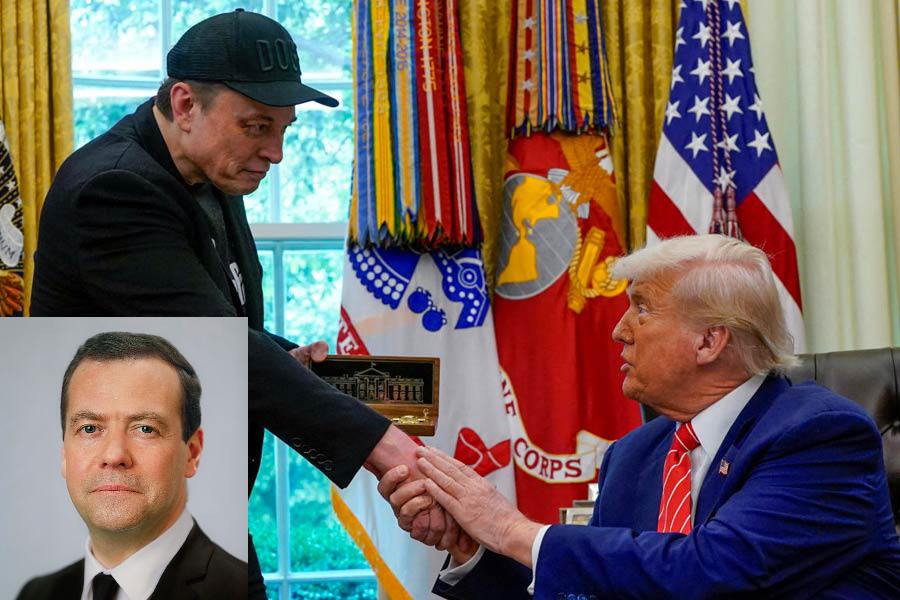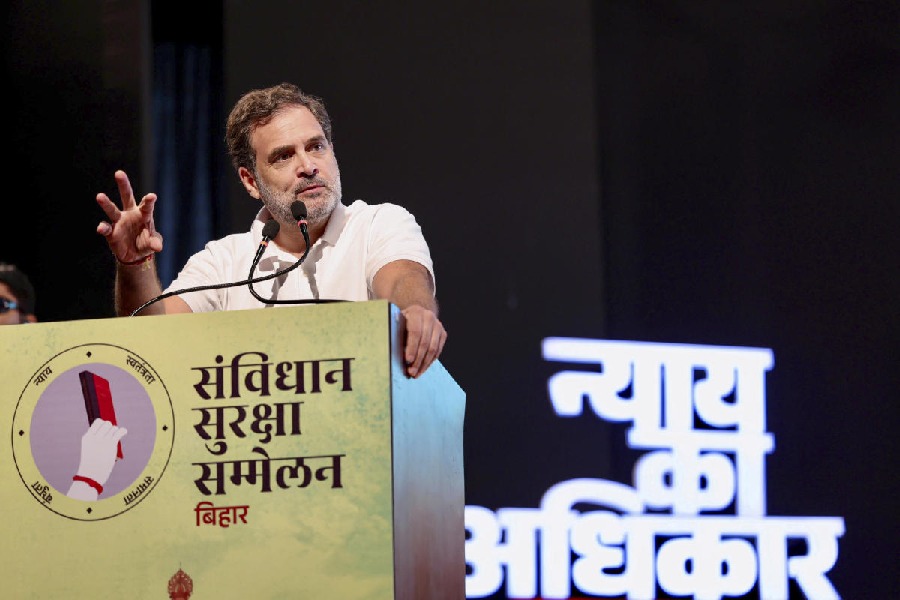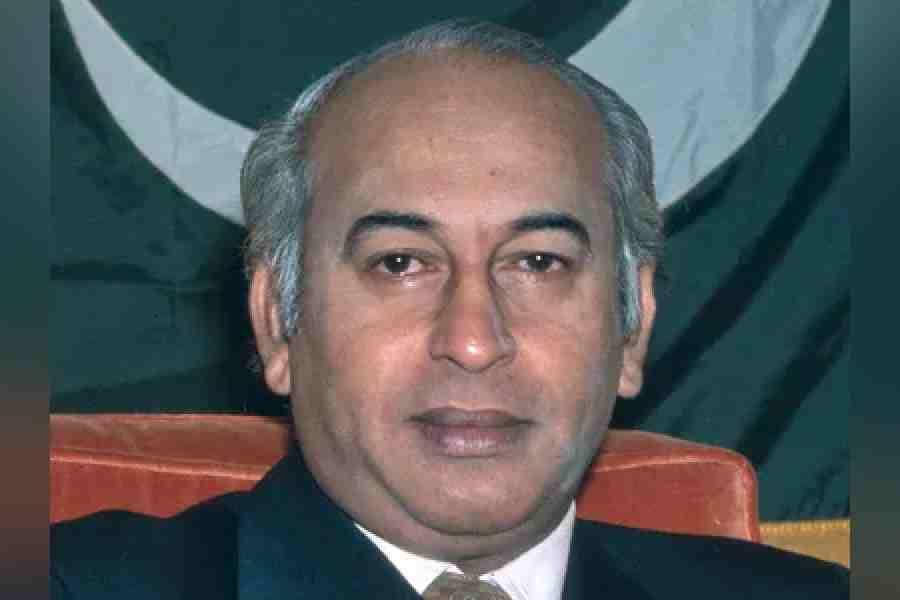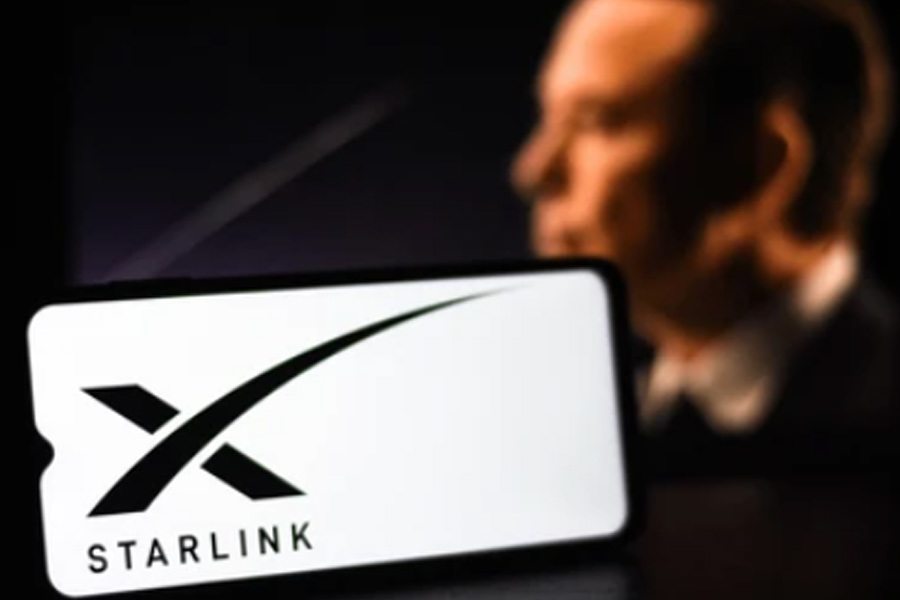
In a span of 20 years, residents of Bidhannagar are set to experience, for the second time a civic administration run not by democratically elected representatives but by a bureaucrat. This is because the five-year term of the elected board expired on June 16 without a notification of the date of election.
Had the date of the election been announced, then only the chairperson of the municipality would have been allowed to hold office till the formation of the new elected board. Now there is no option but to appoint an administrator and since Bidhannagar itself is a sub-division Pawan Kadyan, the SDO of Bidhannagar, has taken charge.
Citizens of Salt Lake had faced a similar situation in 1994 when their local body was upgraded from a semi-urban notified area authority that ran the township from 1989 to an urban municipality. The local body remained in the hand of an administrator till the elected board was formed.
But the situation is more complex this time and the administrator might have to be replaced as the state government is likely to publish the notification for merger of Rajarhat-Gopalpur and areas under Mahisbathan II gram panchayat with Bidhannagar. Since Rajarhat belongs to a different subdivision it will not be administratively possible for the SDO of Bidhannagar to remain the administrator. According to Nabanna sources, an additional district magistrate will then be deputed to act as an administrator for the Bidhannagar-Rajarhat-Gopalpur area.
Since Salt Lake does not have the required population strength of minimum 10 lakh, it has been decided Mahisbathan II, Rajarhat and Gopalpur areas will be clubbed together to form the corporation. The municipal affairs department has already sent the proposal to the governor for his assent. According to a recent verdict of the Supreme Court, the state government has to announce this through a notification by June 30. Since after the notification and before announcing the date of election, preparatory work like drawing up of electoral rolls, delimitation of the wards etc. are to be completed it is likely that elections will be not be held before the Pujas, pointed out an official in the municipal affairs department. In all probability, Salt Lake will go to polls by the year-end.
Past chapters
There are many examples during the Raj and post Independence of the government directly taking over a civic body, superseding an elected board. Records reveal that Calcutta Municipal Corporation was first superseded in 1898 and remained under direct control of the Chhoto Lat for 25 years till 1923. Sir Surendranath Banerjee who was the first minister of the local self-government had introduced the Calcutta Municipal Act-1923 and in the first election in 1924, Deshbandhu Chittaranjan Das became the first elected mayor of Calcutta.
The elected board of the Corporation was superseded for the second time shortly after Independence in 1948 and had remained under an administrator for four years until the new enactment of Calcutta Municipal Act-1951 and the total number of wards rose from 75 to 100. Until 1985, the term of a mayor was for a year and election of the mayor was to be held annually among the councillors.
The elected civic board of Calcutta was superseded for the third time for 12 years by the then Congress (I) government in 1972. Not only the Calcutta corporation civic bodies but also municipalities across the state were superseded. Subrata Mukherjee was then the minister for municipal affairs while Siddhartha Shankar Ray was the chief minister. An elected body took over charge of the corporation in 1985 and the election held under the new Calcutta Municipal Corporation Act-1980. The number of wards rose from 100 to 141 and the tenure of a mayor was fixed at five years. The mayor-in-council system came in practice for the first time in West Bengal.
Changes ahead
What difference would it make for the citizens of the township now under the guardianship of an administrator? Civic administration and development activities in the interim period will come directly under the municipal affairs department.
1) The administrator will run the day to day administration and look after the maintenance and emergency work. He will not take any policy decision.
2) For any civic problem, be it relating to scarcity of water or piling up of garbage or clogging of drains or removal of carcass, citizens will have to approach their respective ward offices. Several officials of the municipalty who are familiar with the wards have been asked to oversee them. They will work in close coordination with the ward assistant to address day-to-day civic issues.
3) Prayers for a copy of birth certificate, death certificate, mutation certificate are directly to be addressed to the local MLA and MP. Otherwise, one can visit the SDO’s office for obtaining certificates provided he/she has proof of the claims.
Since the administrator, being an ADM or SDO, will not always be available in the municipal office citizens may have to face hassles to meet him. It will be hard to get income or residential certificate from an administrator since, unlike a local councillor, he would not know the people of a particular area.
Inputs from Snehal Sengupta










